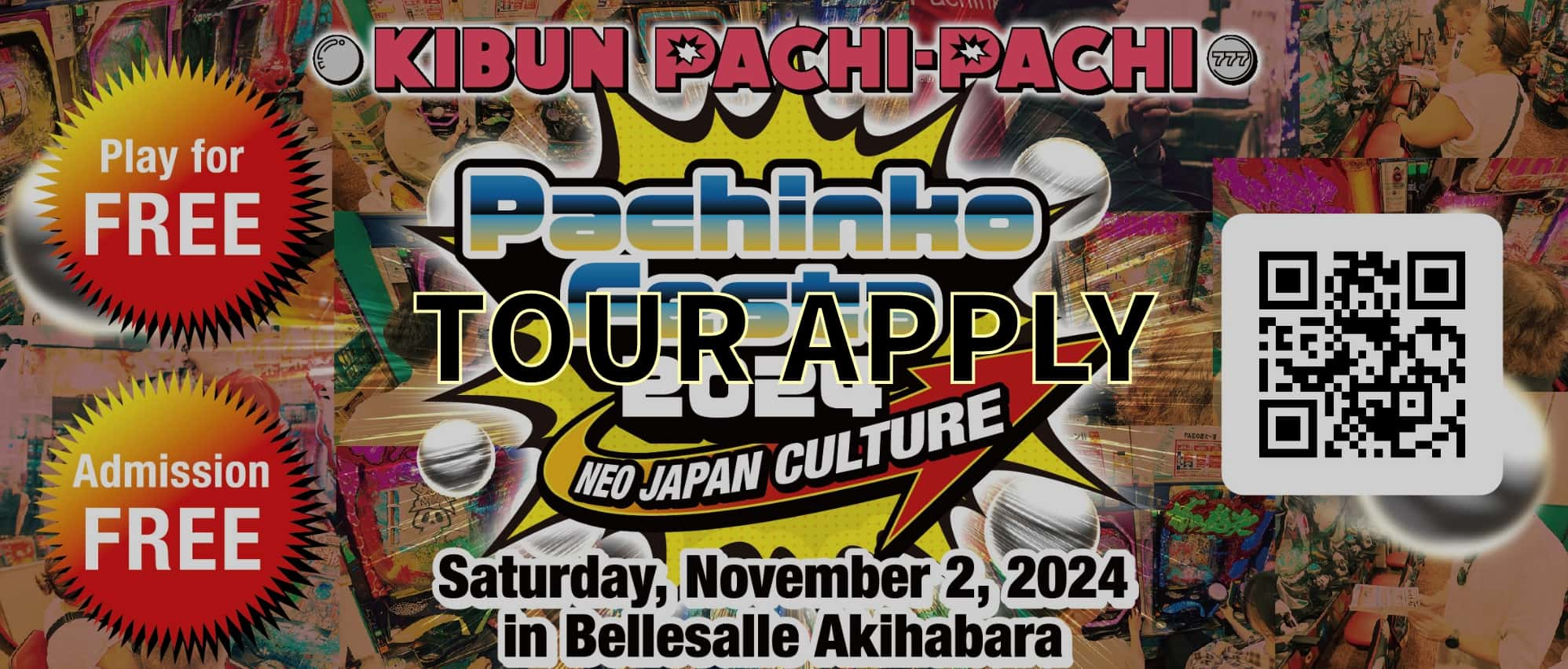
Q/A
FAQ
What is the difference between pachinko and pachislot?
Pachinko uses balls for gameplay, while pachislot uses tokens.
What are the basic rules for playing pachinko?
Although there are various types, the basic objective is to win bonuses by overcoming several rounds of draws. By turning the handle to launch balls and aiming to land them in the central hole, players trigger a bonus draw. If they win, they may enter a loop mode called “Rush,” depending on the machine’s specs, and the game flow typically involves looping these bonuses.
What are the balls used for? How can you get more balls?
The balls you win (referred to as “prized balls”) can be used for further gameplay or carried over to different machines. They can also be exchanged for prizes.
What types of machines are popular?
This varies by store and region. Look for signs like “Recommended Machines” to help choose.
How long do people usually play?
Many machines allow for 200–250 spins per hour. For a machine with 1/319 odds, players often play for 2–3 hours, whereas for 1/100 odds, 30 minutes to an hour may be typical.
Is there an age limit for pachinko halls?
Yes, anyone under 18 is legally prohibited from entering.
Can I play even if I don’t speak Japanese?
Of course! For Japanese labels, please refer to the glossary in this guide.
Where are pachinko halls located?
In cities like Tokyo or Osaka, there are often pachinko halls near most stations. They can sometimes be hard to identify, so look for signs with "パチンコ" or "Pachinko."
How should I choose a machine?
Refer to the "Types of Pachinko" section and specs examples in this guide. There are machines with frequent but smaller payouts and others with less frequent but larger payouts. Try the specs that best match your preferences. You might also enjoy machines that feature collaborations with your favorite content.
How much money do I need?
Rates vary by store, but typically, 1-yen pachinko (1 ball = 1 yen) and 4-yen pachinko (1 ball = 4 yen) are common. Generally, people prepare a few thousand yen for 1-yen pachinko, while for 4-yen pachinko, around 20,000 yen is common.
How do I borrow balls or tokens? What should I do if I run out? What should I do if I get a bonus?
Refer to the "How to Pachinko" section in this guide.
When are pachinko halls most crowded?
It varies by store, but most stores tend to be crowded on weekends and holidays, especially in the evening.
What do the Japanese words on the pachinko machine screen mean?
Often, they are lines from the source material, enhancing the game experience. Occasionally, they relate to game flow, but generally, they aren’t crucial. Like other effects, red or gold effects indicate a higher chance of winning!



